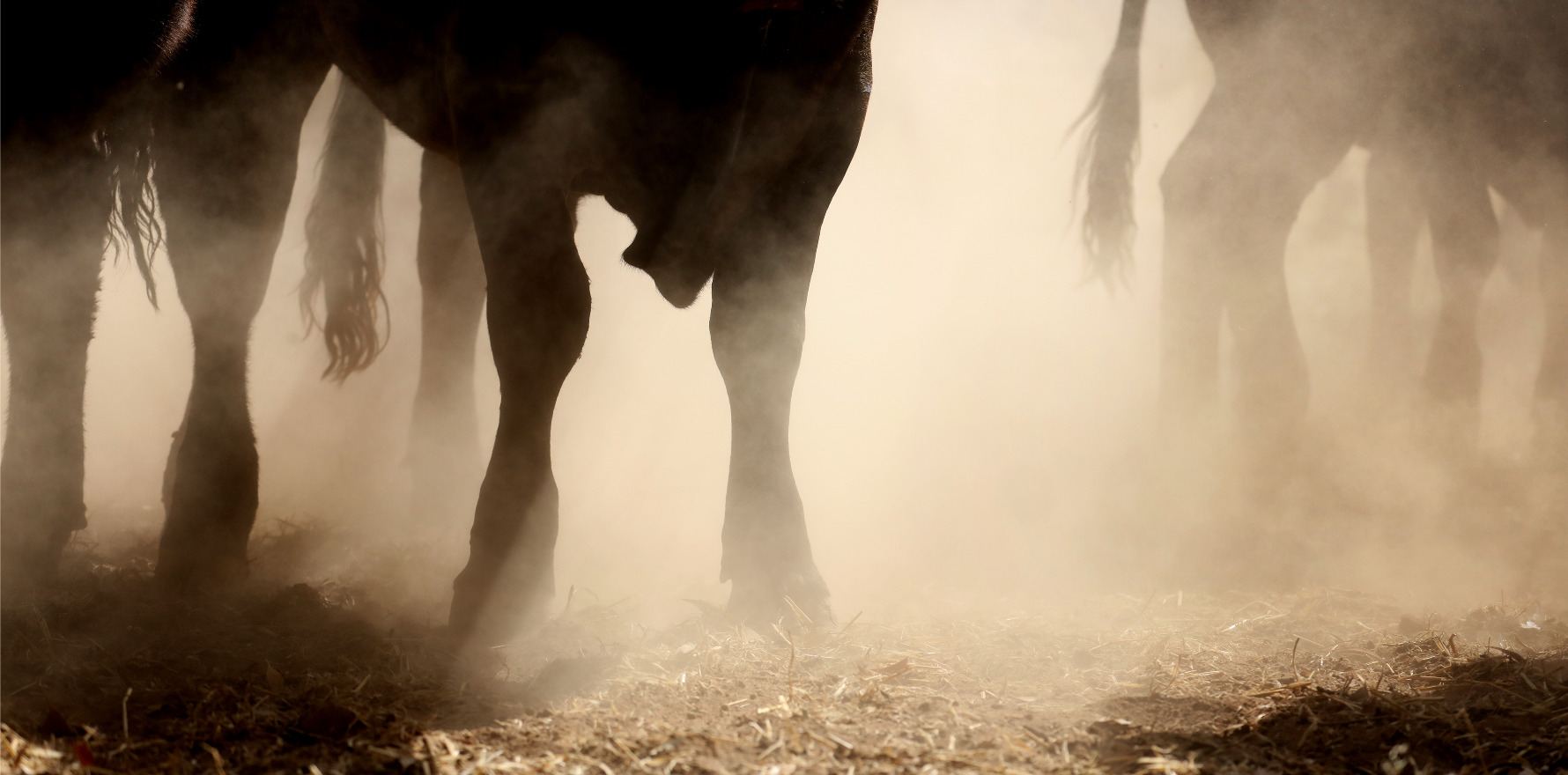It takes patience to embed changes, but the pay-off is in sight for country communities in need.
Which doctor would you have on your desert island? A rural generalist.
Rural and remote doctors work in communities far removed from tertiary hospitals and specialist and sub-specialist consultant networks. We are the multitool that you carry in your pocket when you can only carry one.
The National Rural Generalist Pathway is the culmination of decades of effort by rural and remote doctors to create a robust program of training to prepare doctors able to work outside the metropolitan regions.
We still need to address the lingering concept that one can easily perform a rural retrofit for urban-trained doctors. It is like teaching someone to ride a bike by giving them training wheels on a smooth road, and then sending them out on a poorly signposted muddy, rocky, double black mountain bike track. It’s unlikely they will stay the course.
The December 2018 Advice to the NRHC on a national rural generalist pathway report to my predecessor Professor Paul Worley articulated what rural generalism is, why it is needed, why it should be recognised as a distinct specialty, how such doctors can be trained, and how it can be supported and enabled.
That’s a while ago now and we have achieved several milestones along the way. I am learning about the patience required to embed such changes into the weave of rural training. I am also feeling deeply that impatience one experiences when the end is in sight but just out of reach.
The NRGP is a revolt against the urban-centric training that enables a predominantly metropolitan cohort of students to become doctors for their own communities, leaving rural and remote Australia underserved. It has given Australia a clearly signposted pathway to rural medical service.
The aim is to systematically remove the potholes, the corrugations, the dead-end detours, and yes, the bulldust that littered the road to rural and remote practice and to create a safe, secure, and well supported highway to the bush and the outback.
It can be done. Government policy, rural clinical schools, GP colleges and employing organisations are responding to the concept of a rural generalist pathway and are introducing the necessary changes.
The NRGP has been carefully designed to ensure that we have the right doctor in the right place at the right time.
I have been privileged to be a junior partner in a research team investigating the concept of clinical courage in rural and remote medical practice in Australia and abroad. This work described six features of clinical courage as experienced by rural doctors. A further feature was added to the list by subsequent research.
We were told that it is courage that enables rural doctors to stand up to serve anybody and everybody in the community, to accept uncertainty and persistently seek to prepare, to deliberately understand and marshal resources in the context, to humbly seek to know one’s own limits, and to clear the cognitive hurdle when something needs to be done for your patient, and to offer and receive collegial support to stand up again.
Participants of these studies describe how clinical courage is taught in rural practice. Perhaps it is clinical courage that earnt some of us rural doctors the moniker “cowboys”, but as this research has shown, pushing one’s personal comfort boundaries in clinical practice is likely a planned premeditated action undertaken altruistically.
The scope of practice of rural generalists is gradually being recognised within the Medicare Benefits Schedule and jurisdictional industrial frameworks. There are indications that recognition of rural generalism as a specialised field within the specialty of general practice will increase the remuneration for work in rural and remote Australia.
Some would argue that remuneration is a key element in attracting junior doctors into rural generalism or rural general practice. However, there are broader considerations in workforce retention that the NRGP recognises.
We know that whether new graduates have early career work in rural and remote communities, whether they are welcomed and socially supported there and if there is childcare available in a community all have an impact on decisions to go to, to stay in, or to leave rural practice. These are all aspects of the wider social environment of rural and remote communities. We need to hold community and national discussions about the rejuvenation of social infrastructure in rural communities.
This is an exciting time in rural medical education and training. The NRGP has been a catalyst for change. There is a very real commitment across the nation in support of the fit-for-purpose medical workforce for rural communities: rural generalists. The pathway to the bush has been created. We are waiting to see how many more people will walk it.
Adjunct Professor Ruth Stewart is the National Rural Health Commissioner.





